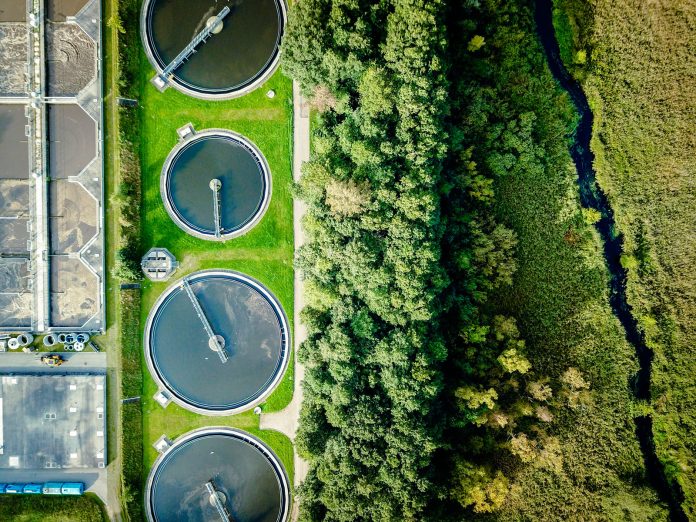The unavoidable reality is that every day we consume more drinking water in our cities, as well as agricultural resources for our crops. Crops, in turn, require more water, which suffers from the pollution of agricultural fertilizers. Breaking that vicious circle is thus a priority. That is why wastewater treatment is an especially exciting approach to produce compost and manure. Now the universities of Granada and Cordoba in Spain are working side by side in the development of an innovative technology that improves those wastewater treatment processes in two ways. Firstly, this new technology solution reduces the bad odors of wastewater sludges. Secondly, it reduces the time required to transform them into fertilizers. Specifically, two months less than traditional methods.
This technology makes use of mobile coverings and membranes designed to keep the composting process under wraps. These semipermeable membranes allow the release of carbon dioxide while containing bad odor inducing molecules such as ammonia. Additionally, air is injected to accelerate the metabolic processes carried out by aerobic bacteria. The tests of this technology project show that this method produces high-quality compost for plant fertilization.
From fertilizers to fish feed
One of the pillars of the circular economy is reducing waste to the bare minimum by recycling and reusing. It is known as the zero-waste approach. Thus, together with the work carried out by the universities of Granada and Cordoba, there are other technologies in development to put wastewater to good use in a similar fashion. This time, however, it is about wastewater from fish farms, which usually carry an excess of phosphorus and nitrogen. The approach of this innovative technology project is to design wastewater treatment plants that leverage the action of microalgae. The end product is an aquafeed protein.
The system is comparatively simple. A bioreactor is attached to the fish tank, with wastewater channeled to it. There, sunlight boosts the development and activity of microalgae, which feed on fish manure. Then, microalgae are separated from the water, dried, and powdered. The resulting biomass has about 40-50 percent protein content. The now clean water can also be pumped back into the fish tank.
The pilot bioreactor can purify up to five thousand liters of water every three days, producing four kilograms of fish feed in the process. Of course, the main priority is to scale the technology project. The goal for the coming months is developing a unit able to treat 50,000 liters per day and, in the long run, multiply that by a factor of ten.
Source: SINC, Feed Navigator






